
Memories of the 1940s
On Sunday 9th April and Monday 10th April I dressed up in my 1940s finery and visited the Memories of the 1940s event at the


On Sunday 9th April and Monday 10th April I dressed up in my 1940s finery and visited the Memories of the 1940s event at the
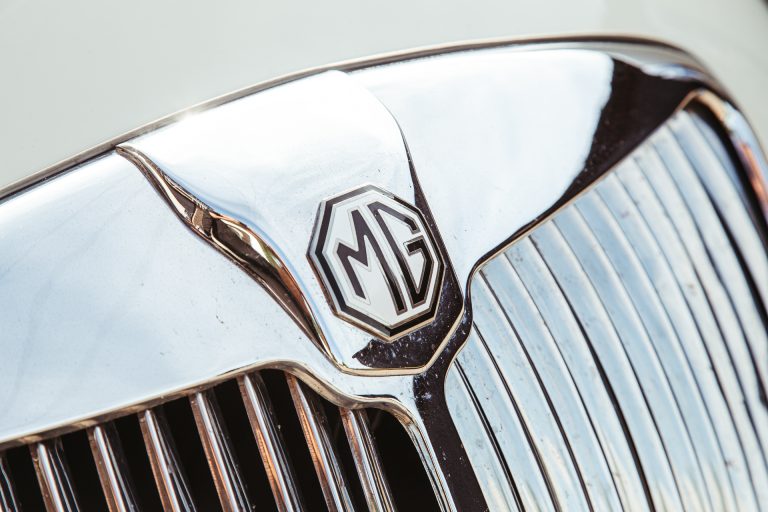
2023 marks 100 years of MG. Known for some of the most popular British sports cars over the years, celebrating a century of automotive engineering

We have recently welcomed our 1929 Riley 9 Tourer into the Bridge Classic Cars workshop. Looking at this hill climber, it’s obvious that it is

News broke in the last couple of days, that automotive pioneer and multiple land speed record holder Craig Breedlove sadly passed away aged 86. Breedlove



On Sunday 9th April and Monday 10th April I dressed up in my 1940s finery and visited the Memories of the 1940s event at the Crich Tramway Museum in Derbyshire. Stepping back to 1940s Britain on the Homefront, with live entertainment from the 1940s.
I arrived around lunch time to be greeted by lots of friendly faces and warm welcomes, I set up my picnic and enjoyed music from Johnny Victory. Everyone was singing along to nostalgic songs from a bygone era, interjecting with call backs and familiar choruses.
There were some fantastic cars and military vehicles on display as well as a Spitfire! The collection of Trams really stole the show however with many different kinds ferrying guests up and down the lines all day. There were open top and double decker varieties from up and down the country, from London, Blackpool, Sheffield and more from a variety of time periods. Inside one of the tram sheds you could learn all about the history and origins of the trams and how the technology and engineering paved the way for many other transporting advancements.



There were lots of re-enactors mingling including service men and women, spivs and even Winston Churchill! Many of the guests were dressed in their 1940s finery, both civilian and military garbs, there was also the option of purchasing vintage clothing on many of the stalls.
The interactive displays were both educational and entertaining with displays of pharmaceutical stores, WI, a printing press and an operation sweet shop! My personal favourite was of course the pub, with a wide range of drinks. There were people playing cards, impromptu singing and many frivolities.
For more information head to the Crich Tramway Museum Website
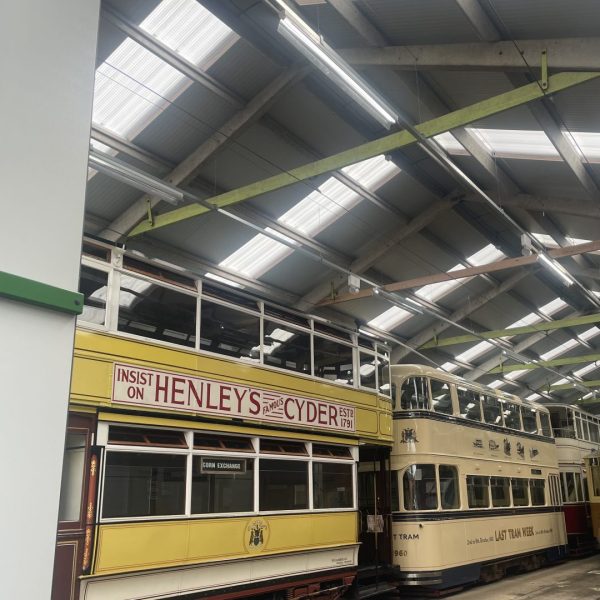

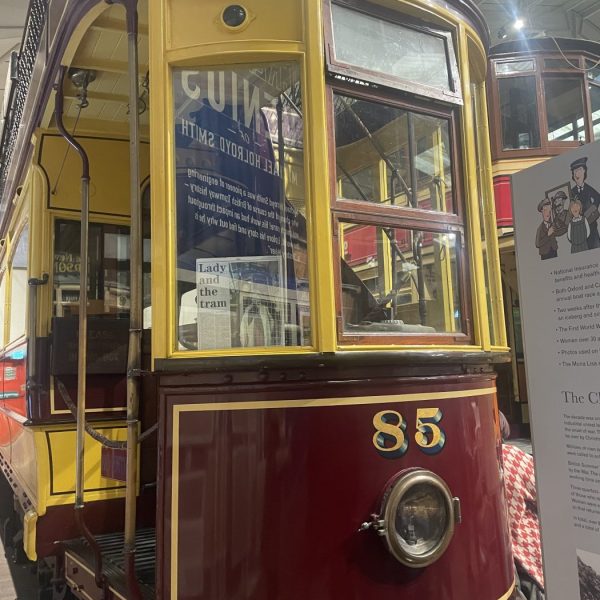
2023 marks 100 years of MG. Known for some of the most popular British sports cars over the years, celebrating a century of automotive engineering is something that many owners and enthusiasts around the world will join in with.
Since 1923, there have been multiple successes, challenges, innovations, and a whole load of cars! To recognise MG’s impact on British car history, it seems fitting to share some history of the MG brand.
In the early 1900s, William Morris began manufacturing bicycles in Birmingham. However, come 1911, he was selling and repairing a range of motor cars from his premises which he had now renamed Morris Garages.
1922 was the year when William Morris could quite possibly have made the best decision of his life when he gave his head salesman, Cecil Kimber, a promotion to the position of General Manager. Cecil was a special individual who could not only manage the showroom and garage successfully, but he also had a talent for designing car bodywork.
When Cecil Kimber came up with a bull-nosed Morris Cowley in 1923, the MG name was used for the very first time. This marked the beginning of a soon-to-be 100-year-old car manufacturer.
1924 saw a range of cars carry the MG badge. Known as ‘Kimber Specials’ it wasn’t long before larger premises were needed to keep up with the growing order book. 4 years later, in 1928, production was moved to an old leather works – the famous Abingdon factory.

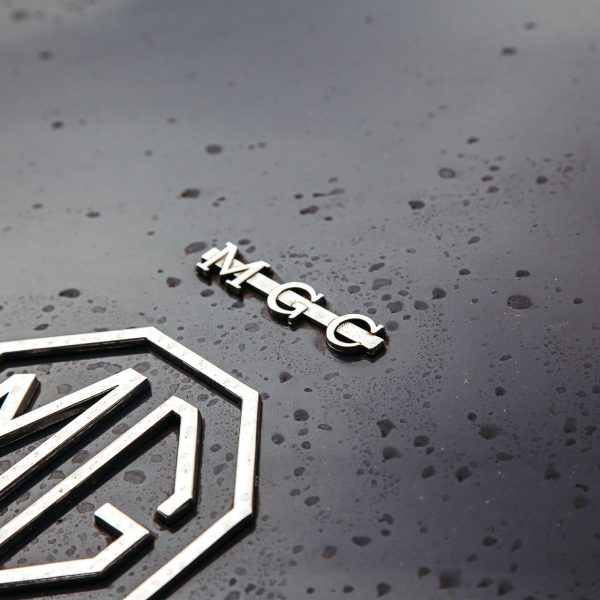
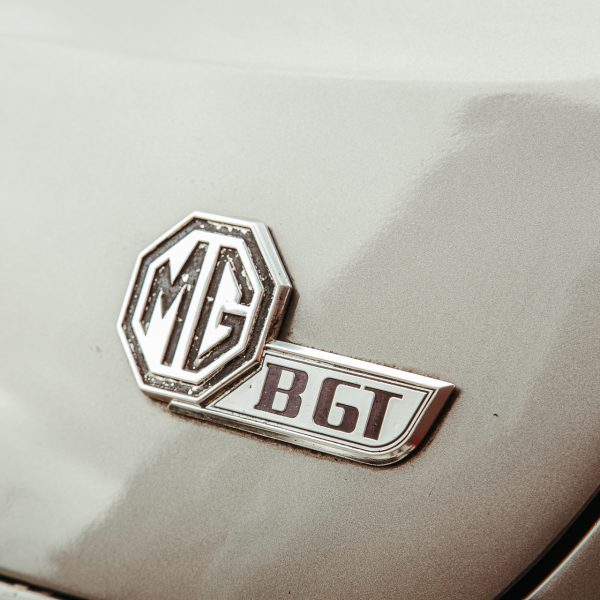
In 1935, William Morris sold MG to Morris Motors. Prior to the sale though, MG had already produced a whole host of successful models including several Midgets, K-Type Magnette plus the L and M-Type Magnas.
Once under the control of Morris Motors, one of the first models to come out of the factory was the 1936 TA Midget. Before the first world war, the last few MGs to be built were the SA 2-litre, TA/B Midget, 1.5-litre VA, and the 2.6-litre WA.
During the war, Cecil Kimber left MG and sadly died in a train crash in 1945.
After the war had ended, MG went back to producing cars such as the two-seat TC, the 1947 YA saloon, and the 1949 TD Midget. Morris Motors would go on to merge with the Austin Motor Company in 1952 and formed the British Motor Corporation (BMC).
1956 saw the production of what would be a top-seller for MG, the MGA. The MGA was available in two forms, a coupe and a convertible. In 1959, a 1600 OHV-powered MGA arrived and the MGB came in 1962.
It was in 1966, when BMC changed its name to British Motor Holdings after its merger with Jaguar, that led to a further merger with British Leyland, that would end up with MG becoming a successful part of motoring history.
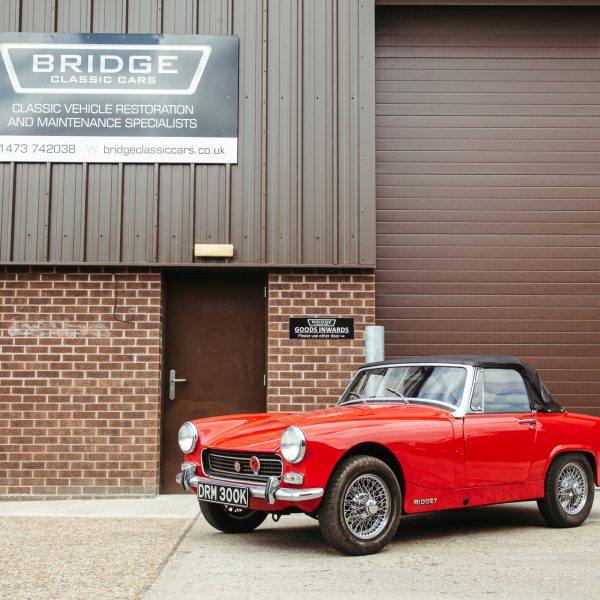

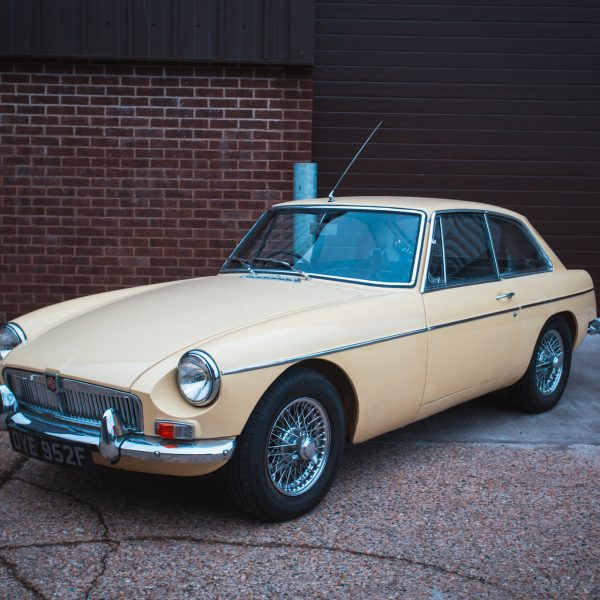
The MGB was quietly dropped in 1969. British Leyland certainly seemed to have a bias towards their Triumph models instead of MG ones. This was quite apparent during the 1970s when only the MGB V8 was produced under the MG brand. Once Midget production stopped in 1979, there was only one MG model left – the MGB with the now rubber bumpers. However, in 1980, British Leyland halted the production of MGBs and would go on to close the Abingdon factory.
MG went through various ups and downs over the next few years with a few notable models such as the MG badged Maestro – noted at the time as the world’s fastest hatchback, and the Montego. The 1.8-litre K-Series powered MGF in 1995 was also a big success.
2023 is, so far, proving to be a great year for MG. With the brand recently announcing that they have achieved a record first quarter, their 100th year seems to have started positively.
Already this year, MG has sold 20,679 cars with more than 12,000 being delivered in March alone. The brand is now positioned as the second-best-selling manufacturer of electric cars in the UK. More success has come from the MG4 EV being crowned ‘UK Car of the Year 2023’. The judging panel described the MG4 E4 as “a landmark moment for EVs”.
Surviving 100 years in the automotive industry is no easy task but that is exactly what MG has done. Despite all the challenges the brand has had to overcome, we are still in the fortunate position where we get to see a wide range of MGs on the road; and this is something that we hope will continue for another 100 years!
We have recently welcomed our 1929 Riley 9 Tourer into the Bridge Classic Cars workshop.
Looking at this hill climber, it’s obvious that it is a beautiful vehicle. It has a custom-made ash/aluminium body and has been fitted with a 1928 Ford Model A engine. The engine has undergone extensive modifications for competition purposes. These modifications include a 1929 Miller OHV conversion, with purpose-made manifolds and magneto ignition.
Our Riley 9 Tourer is with us for some trim work which classic car technician Brian has already started.
We are looking forward to seeing progress continue and getting this beautiful classic car back to its owner very soon.
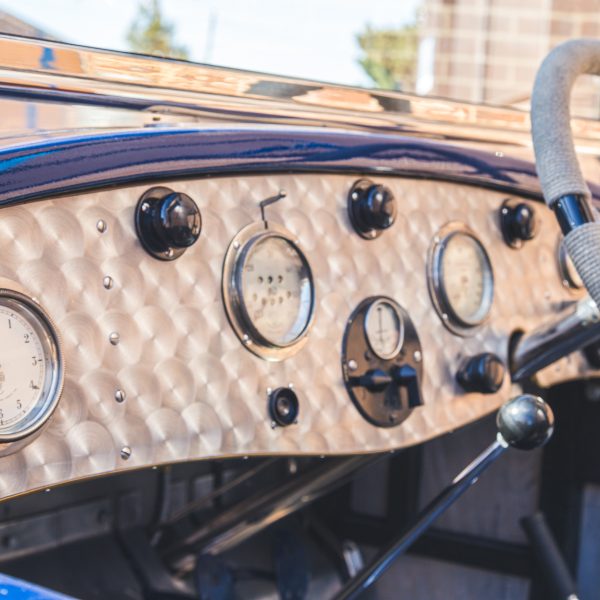
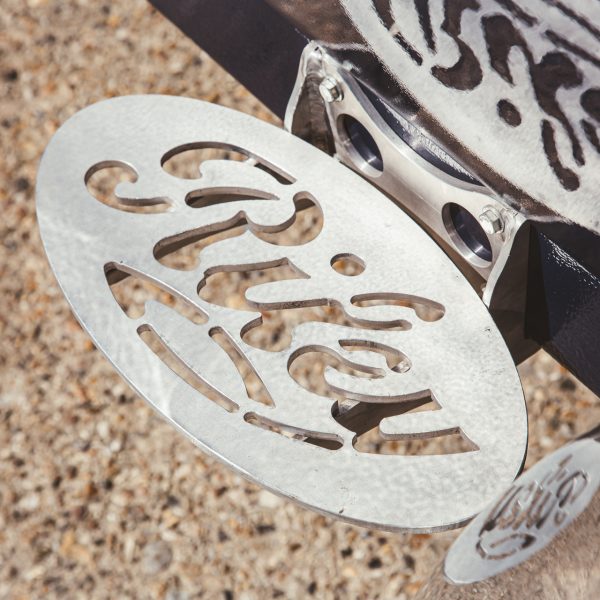
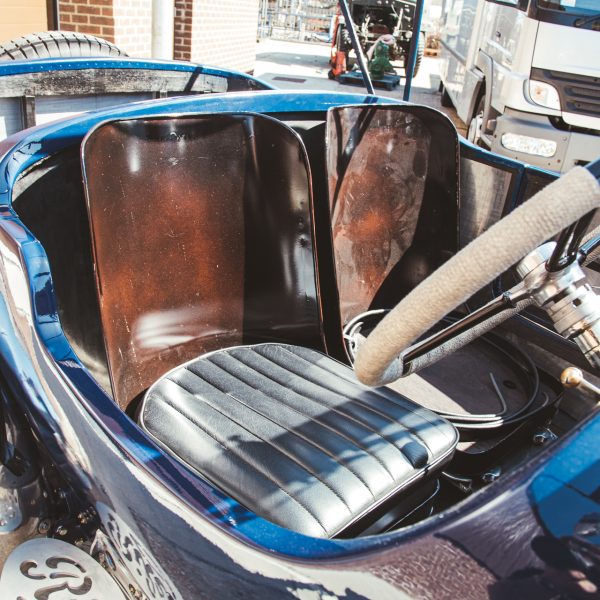
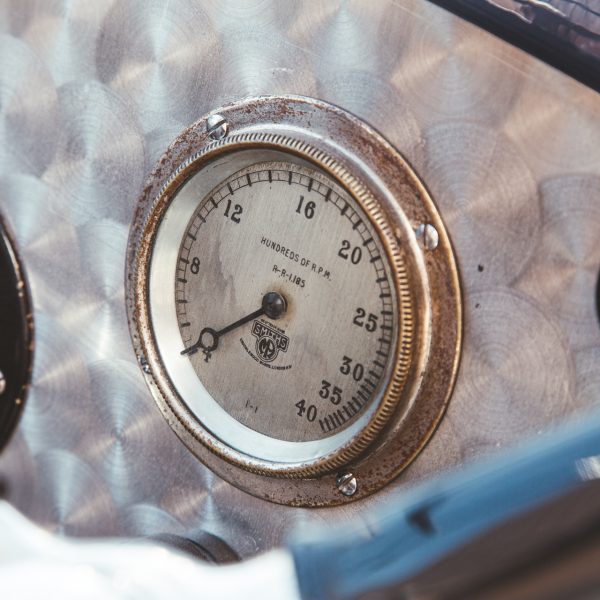
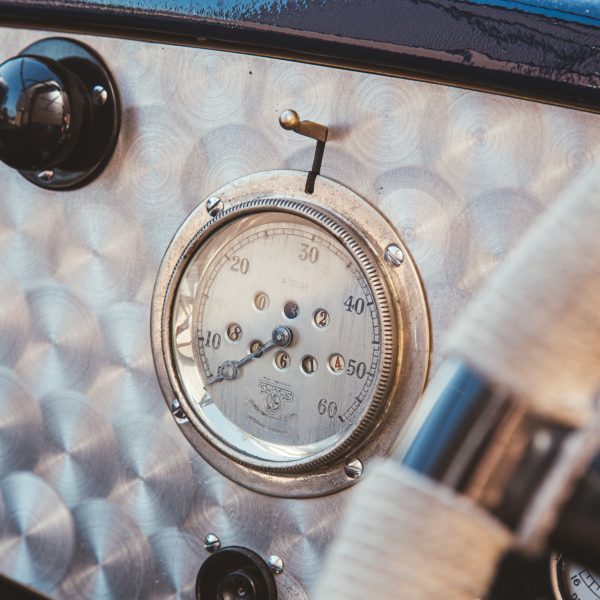
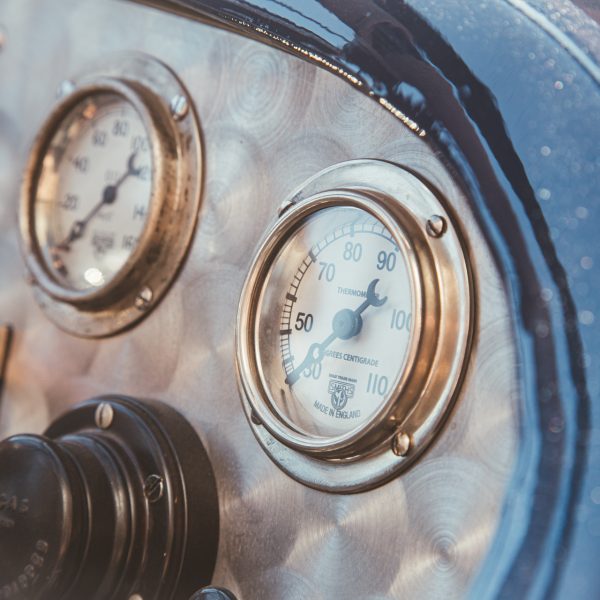

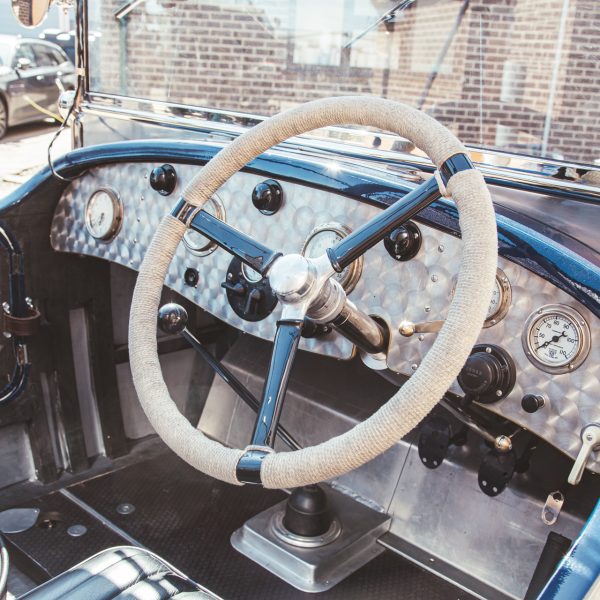
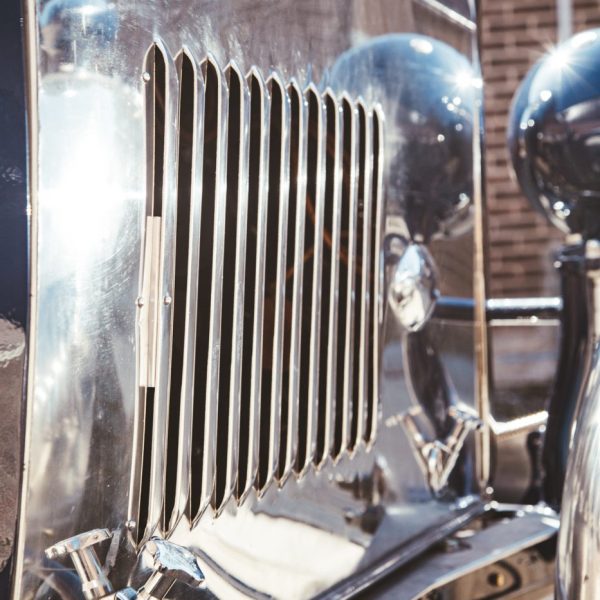
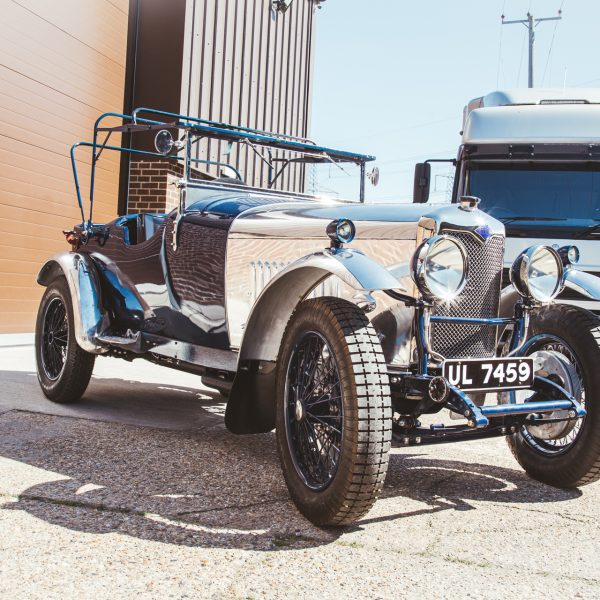

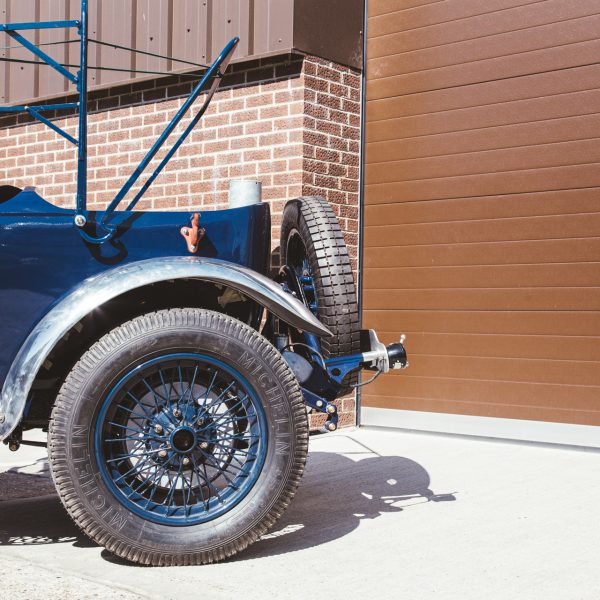

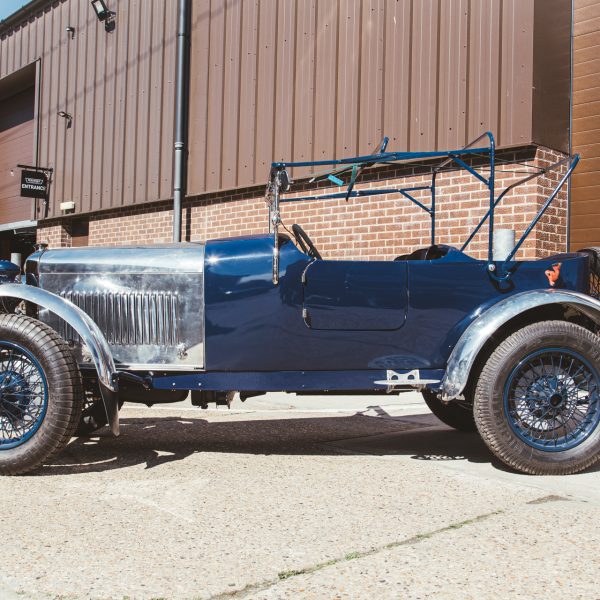
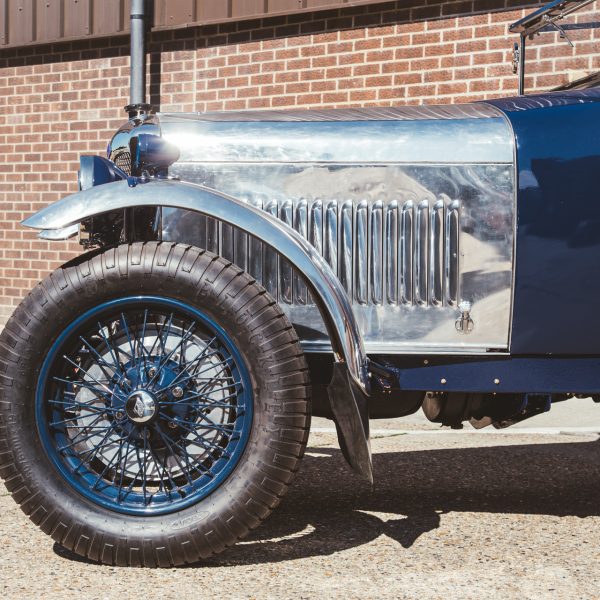


News broke in the last couple of days, that automotive pioneer and multiple land speed record holder Craig Breedlove sadly passed away aged 86.
Breedlove was part of a small alumni that would push and reset the boundaries of speed in the 1950s and 60s while living to tell the tale, in a sport that would see far too many taken far too soon.
A Southern California native, Breedlove’s obsession with speed started young. At just 13 years old, he got his hands on a 32′ Ford Coupe that he would drive around in secret, but just a few years later at 17, he would be taking an alcohol fueled 1934 Ford to 154MPH on the dry lakes of the sunshine state. This, is where the story of the fastest man in America would begin.
He began his high-speed career in what would now be seen as the start of the golden age of land speed racing. Where amateur enthusiasts could take homemade creations out on the dried salt lakes such as Bonneville and El Mirage to achieve speeds unseen or unobtainable just a few years before. To put into context, in 1927 Sir Henry Seagrave achieved a two-way average speed on 231MPH in his twin-aero engined, purpose built land speed car ‘The Slug‘. In 1957, at the age of 20, Breedlove piloted an alcohol powered ‘belly tanker’ at the Bonneville salt flats to a new record of 236MPH.
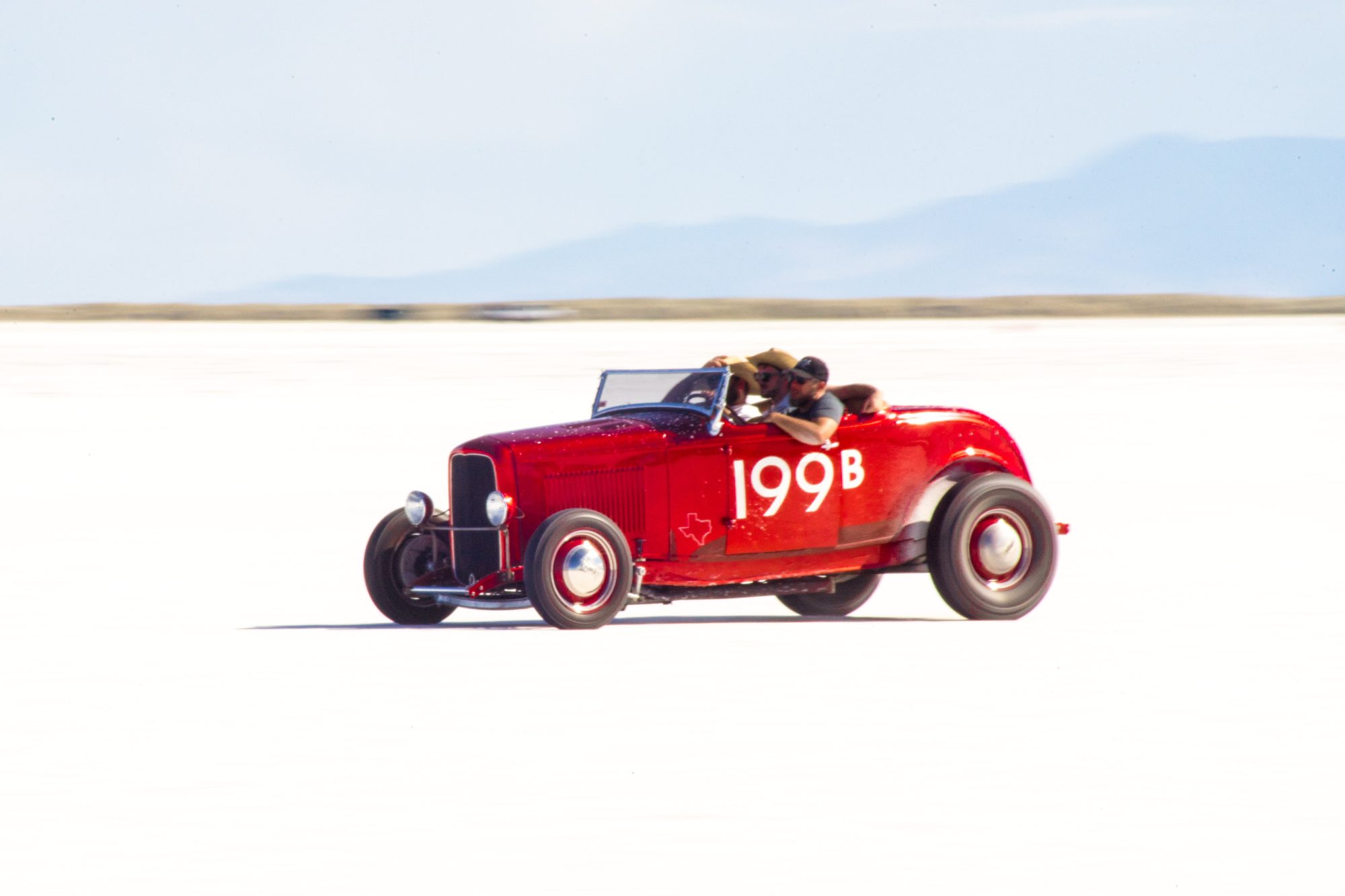
His chosen career path, would see him work for legendary aircraft manufacturer Douglas (later McDonald Douglas) as a structural engineer. The skills and knowledge gained from this would have a lasting and impactful future on his later career, speed.
As the sun set on the 1950s, the age of jet power had truly begun to dawn over the horizon of land speed racing. In 1959, Breedlove began his first forays into this new method of propulsion and into the record books.
With a second hand J47 jet engine, Breedlove made his jet fueled way into history with the first iteration of the legendary Spirit of America.
This move into the jet powered world, would also begin one of the most exciting eras of speed the world had ever seen. The 1960s would see the land speed record set, smashed and reset multiple times over a matter of months as Breedlove entered the fray against drivers/builders such as Art Arfons and his half-brother Walt. This triangle of competition would push the boundaries of what people thought would be possible out in the emptiness of the Utah salt plains.
In his first time out with the J47 powered Spirit of America, Breedlove would run the ‘car’ at over 400MPH – clocking a 407MPH average over the two-way course. In response, Tom Green (the driver for Walt Arfons) would respond with a 413MPH record in February of 1964 only to have that record shattered by Walt’s half brother Art at the wheel of his own creation ‘The Green Monster’ with 434MPH. To respond, Breedlove came back with a 468, 500 and then 526MPH. This would spark one of the greatest rivalries in the automotive world between Arfons and Breedlove that would see them push eachother harder, faster and stronger towards what many see as the true ragged edge.
Famously, at the end of his record setting 526MPH run – both of the parachutes used to slow down Spirit of America tore to shreds and because of this, Breedlove completely burnt the brakes out trying to slow the several ton machine down. He outran the boundaries of the salt flats, rolling the ‘car’ into the lake which sat at the end of the course. His crew, fearing the worst, rushed down the course to help their driver… only to find him soaking wet and dancing on the waters edge and screaming ”and now for my next trick, I will set myself on fire!” A true reflection of a man who understood the risks but chased the rewards. His car was in tatters and he knew that someone would be along to challenge that record soon…
He wasn’t wrong, his biggest rival Art Arfons soon responded with a 536MPH record.
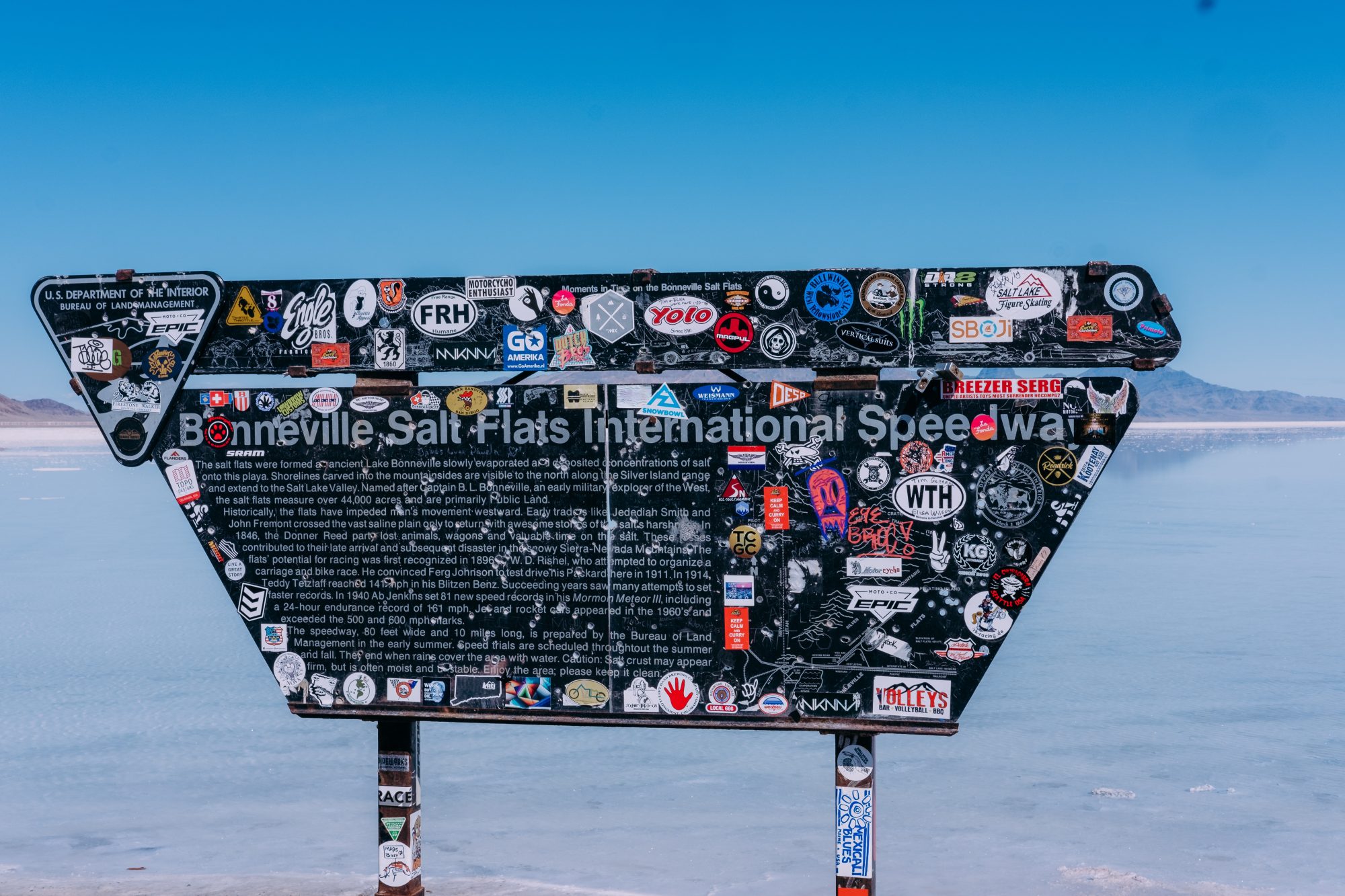
The only way to truly prove a point was to push the limit of what was even conceivable. Breedlove came back to Arfons’s record with a now historic 600MPH run in November of 1965. To back it up, Breedlove then pushed Spirit of America even further on the way back to get an average of 606.6MPH. The first man to run 500 and 600MPH. With the sound barrier growing closer and closer, pilots and builders had no clue when this would happen as it also depends on multiple environmental factors. Would the car simply slip past it like a plane? Or, because of the shockwave being created so close to the ground – would it instantly rip the land speeder apart as it traveled across the vast emptiness? No one knew.
The following story has passed into speed record folklore: Breedlove and Arfons were bitter rivals. Arfons being the working mans hero and Breedlove as the all-American poster boy with the backing of huge sponsors and wore a spacesuit for his record runs. One night, towards the end of those crazy few years, Breedlove and Arfons would meet on the edge of Salt Flats. No one knows the words the two contemporaries exchanged exactly, but people have said it went along the lines of one asking the other ”when does all this end?” with the other replying ”when one of us gets it wrong”.
The fear didn’t stop Breedlove from trying to push the limits harder and harder. Over the following years, Breedlove would attempt to beat his records. However, he never did manage to push that any further but neither did Arfons who trying to break a record would see him survive the fastest and most severe accident on earth at 609mph with only a headache and two black eyes.
Over those beautiful few years in the early to mid 1960s, these superhumans would expand what people thought was possible. New ways to engineer solutions to problems never before faced – tyre technology, suspension set up and construction and advanced aerodynamic theory and implementation were all aspects of the automotive world which had been moved on at a pace no one had seen before.
In the following 20 to 30 years, the land speed record would only be moved on by around 100MPH. The current record being attributed to Richard Nobles Thrust SSC, an evolution of everything learned from pioneers such as Breedlove, to 763.055MPH – breaking the sound barrier for the first time on land. Breedlove’s status in the history books are sealed, his achievements and records can never be taken away or tainted or disputed.
The wonderful story of this gladiator of motion is best summed up in a beautiful film, The Wildest Ride. Released in 1964, it follows Breedloves attempts and record run to be the first person to cross the 500MPH mark (you can watch the film for free on YouTube below).
Craig Breedlove, and the team behind Spirit of America, were true pioneers of their time. From all of the world, and all throughout the car world, he will be sorely missed. One of the final connections to those glory days of speed.
Bridge Classic Cars are award winning Classic Car Restoration and Maintenance specialists. Your pride and joy is in safe hands with our expert Classic Car Technicians. Take a look at our awards here.